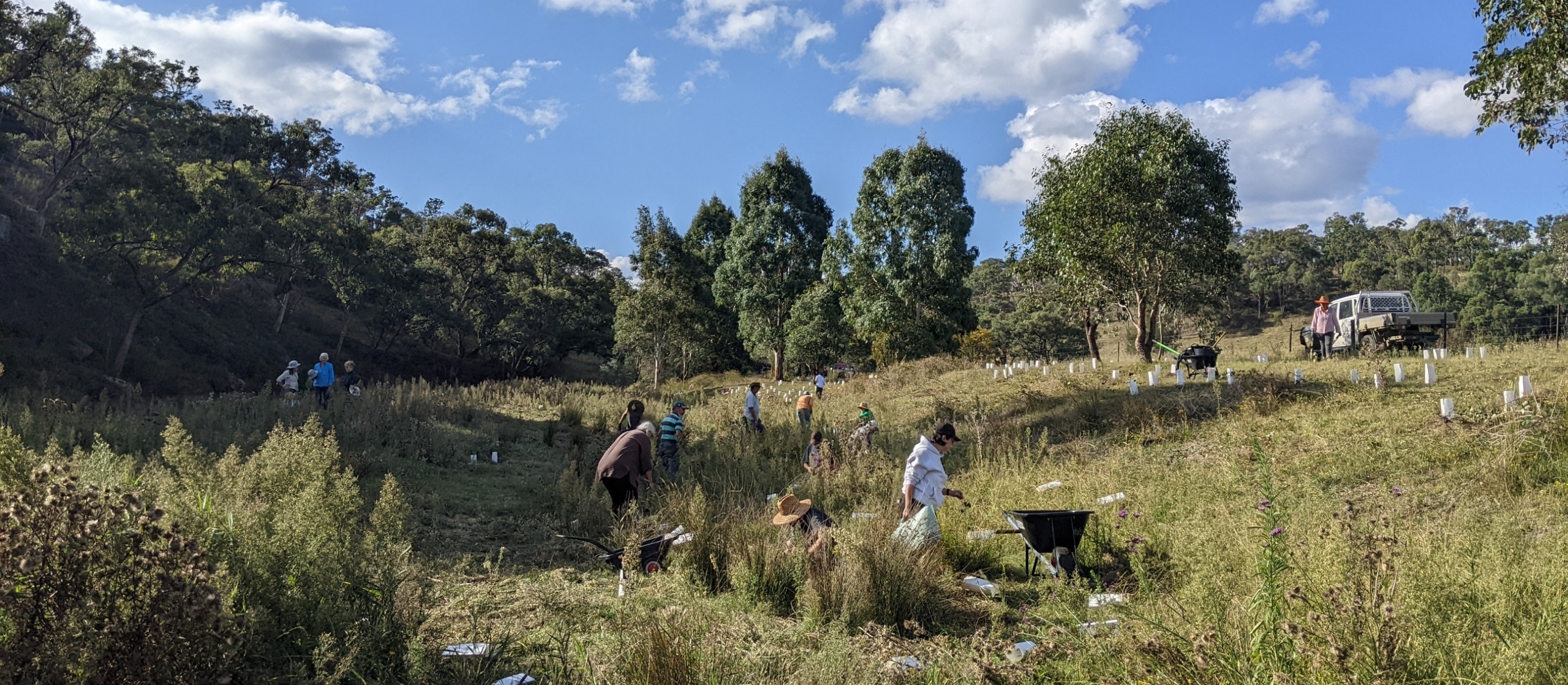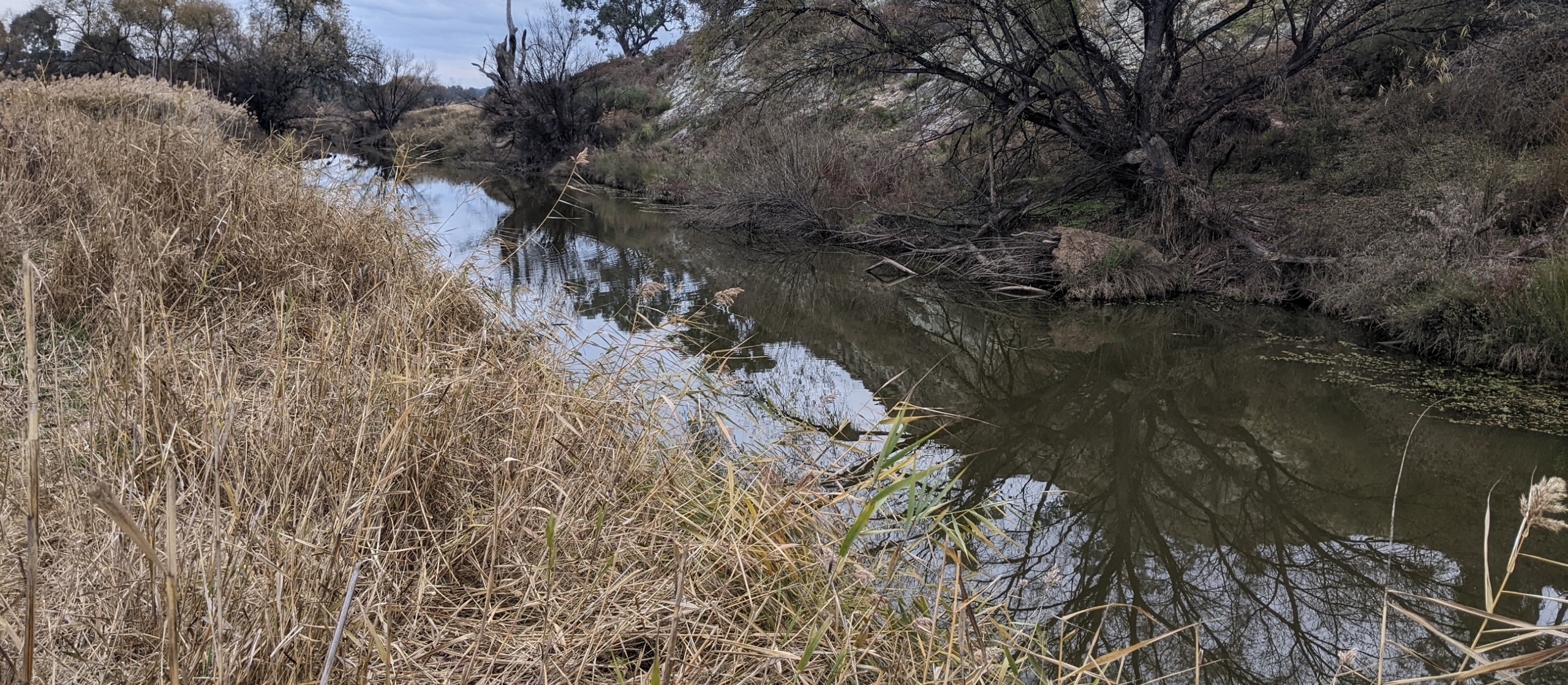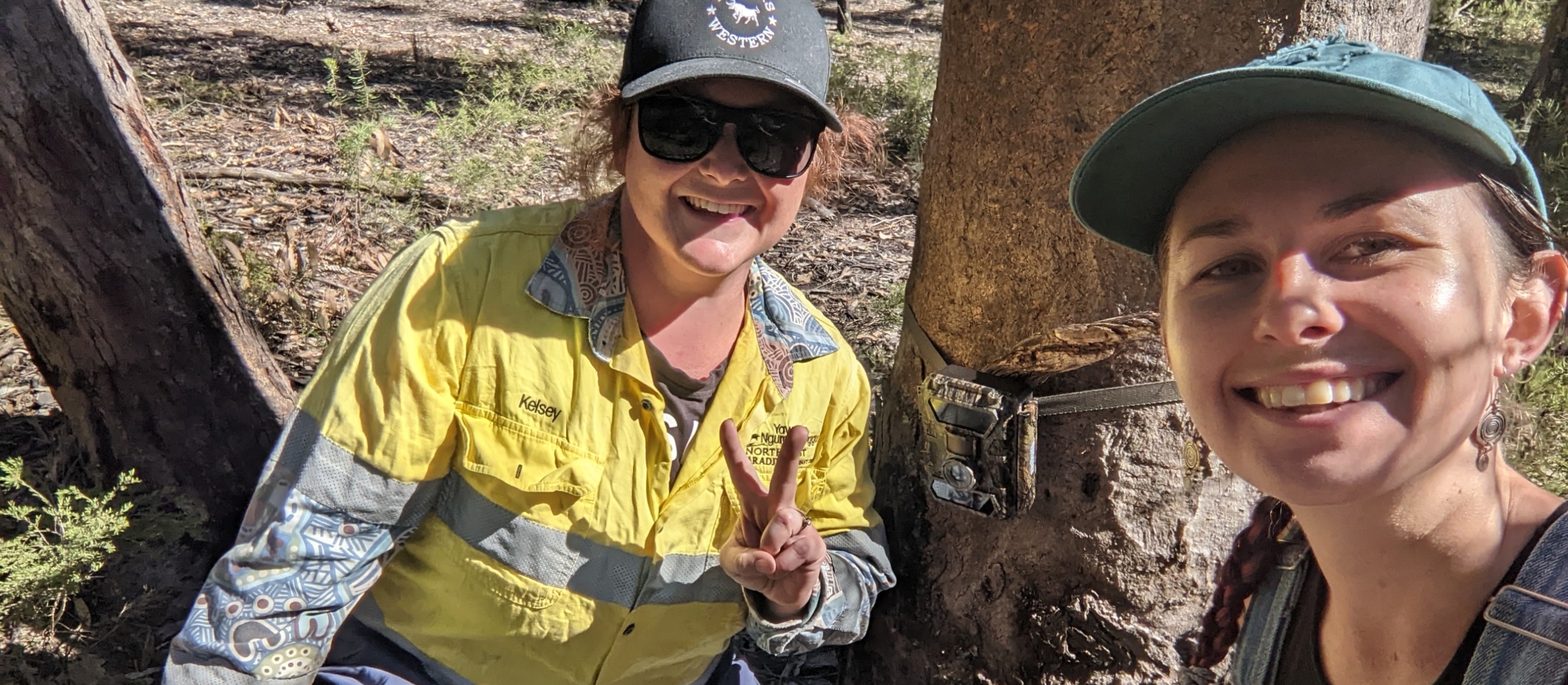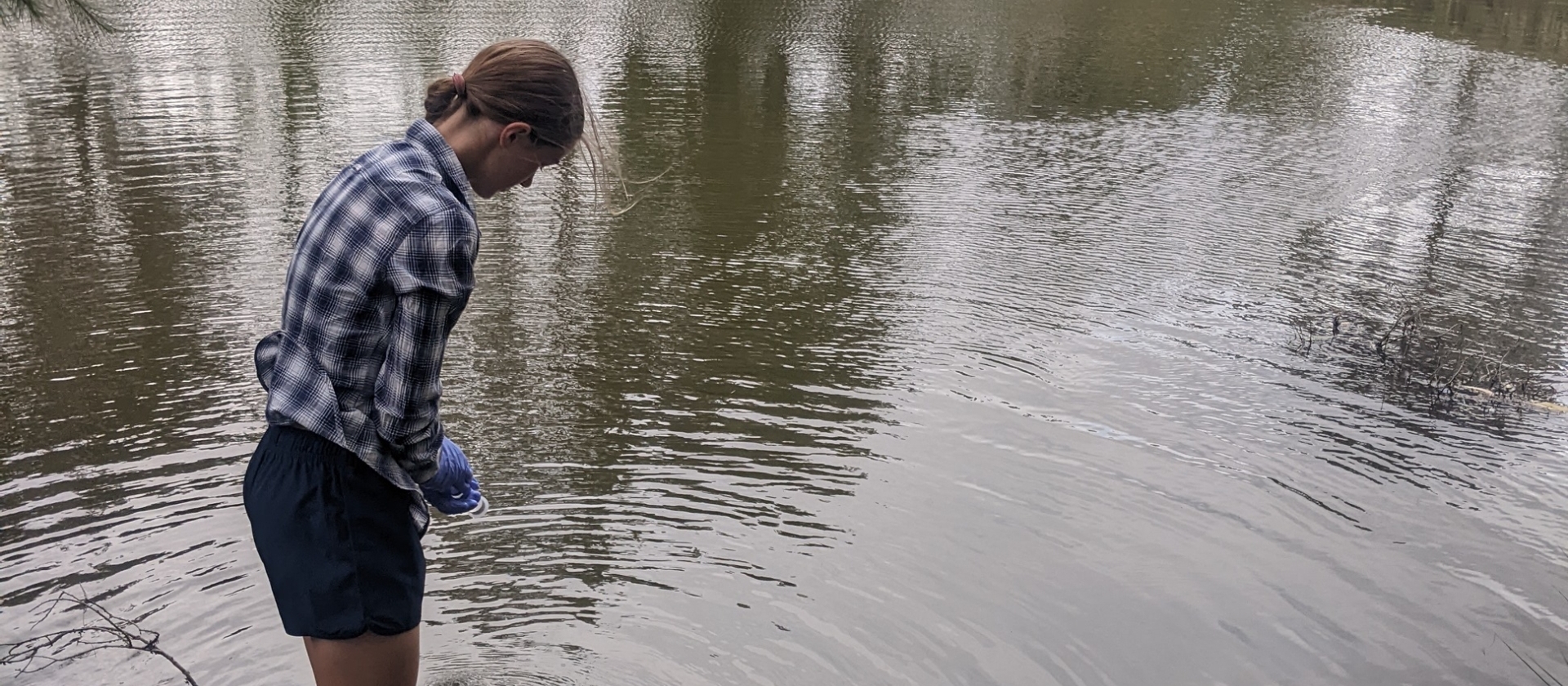From Flash Floods to Flash Droughts!
Published 27th January 2023. Written by Maddison O’Brien
Have you noticed parts of the landscape drying up all of a sudden? It seems like in just a few weeks, or days the ground turns from saturated to dusty and dry. This is a phenomenon that is becoming more common in a changing climate. Just like flash floods, flash droughts intensify quickly. They’re caused by extreme heat, wind and sun radiation paired with lower-than-usual precipitation. These sudden events can be quite a worry for farmers, causing damage to crops, increasing fire risk and causing heat stress to pastures leading to reduced feed for stock.
Scientists expect climate change to create more unpredictability regarding rainfall and temperature. Anywhere between 34% and 46% of flash droughts develop in just five days, while most emerge within a month or more. This result means we have less time to prepare and react before extreme dry conditions set in.
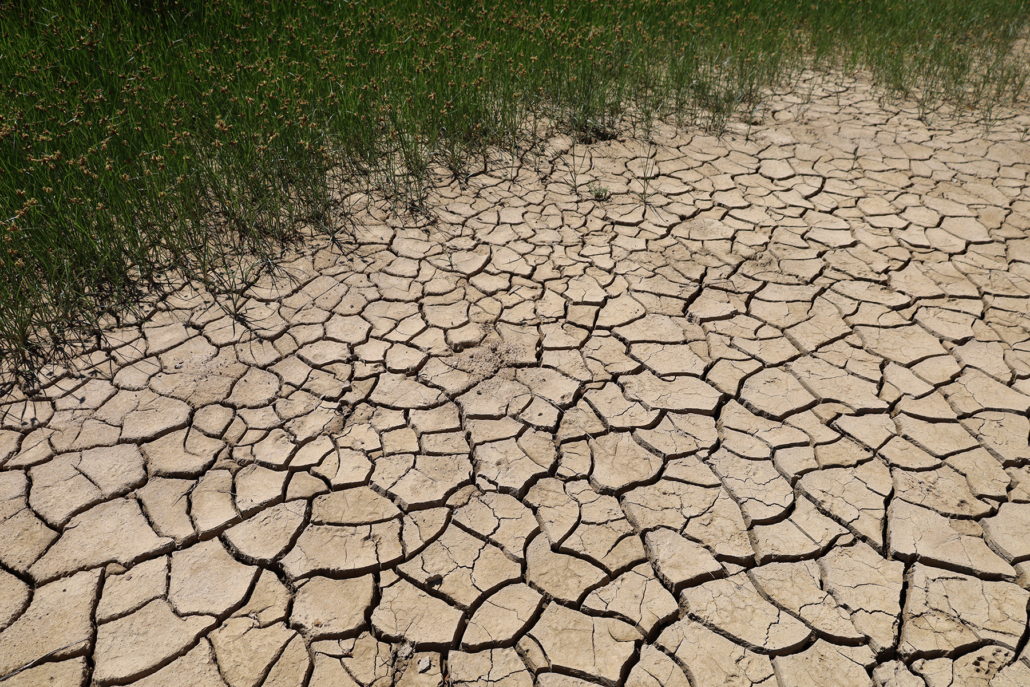
The occurrence of Flash Droughts is increasing and as a consequence soils, ponds and dams can evaporate rapidly.
Though there is little we can do to influence the temperature, wind and significant rain events, there are strategies we can use to increase the overall resilience of our landscapes to these factors. A primary focus is enabling our soils to hold more water to buffer the effects of extreme weather events.
We can grow more trees and plants to increase the amount of evapotranspiration, leading to more local rain events, more dew set and more overall moisture staying in our small local water cycles. More growing plants also provide cover for soil which is sensitive to drying out by the sun and wind.
Rotational grazing is a tool that reduces pasture stress and encourages new plant growth, which in turn deposits carbon into the soil via organic matter from plants and animal droppings. Soil carbon enhances the soil’s ability to absorb water, so much so that an increase of 1% organic matter (about 0.5% increase in carbon) can result in the soil being able to hold over 150,000 extra litres of water per hectare!
Another strategy popularised by Natural Sequence Farming is to utilise contour banks to capture water run-off and allow it to soak into the landscape. This method helps the water soak down past the topsoil and into the root zones of growing plants instead of just running off or getting evaporated as soon as the next hot day arrives.
These are only a few means by which we can create resilient landscapes in a time of extreme weather events. Watershed Landcare is here to support and educate landholders so we can build healthy landscapes and healthy communities. You can contact us for more info on opportunities or simply to chat about these strategies in more detail.



